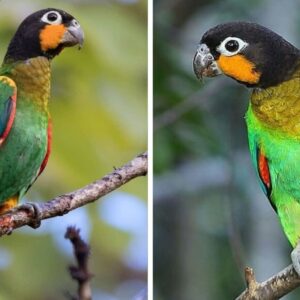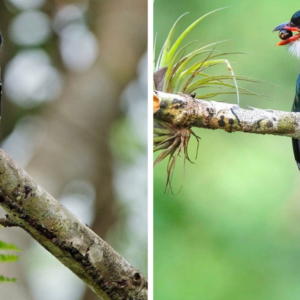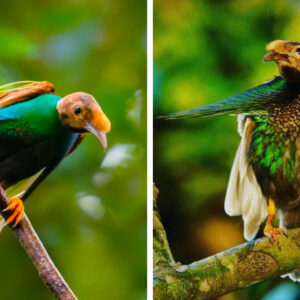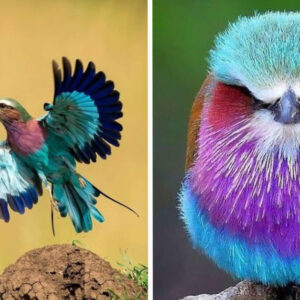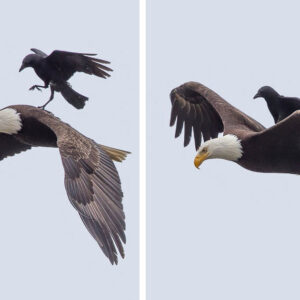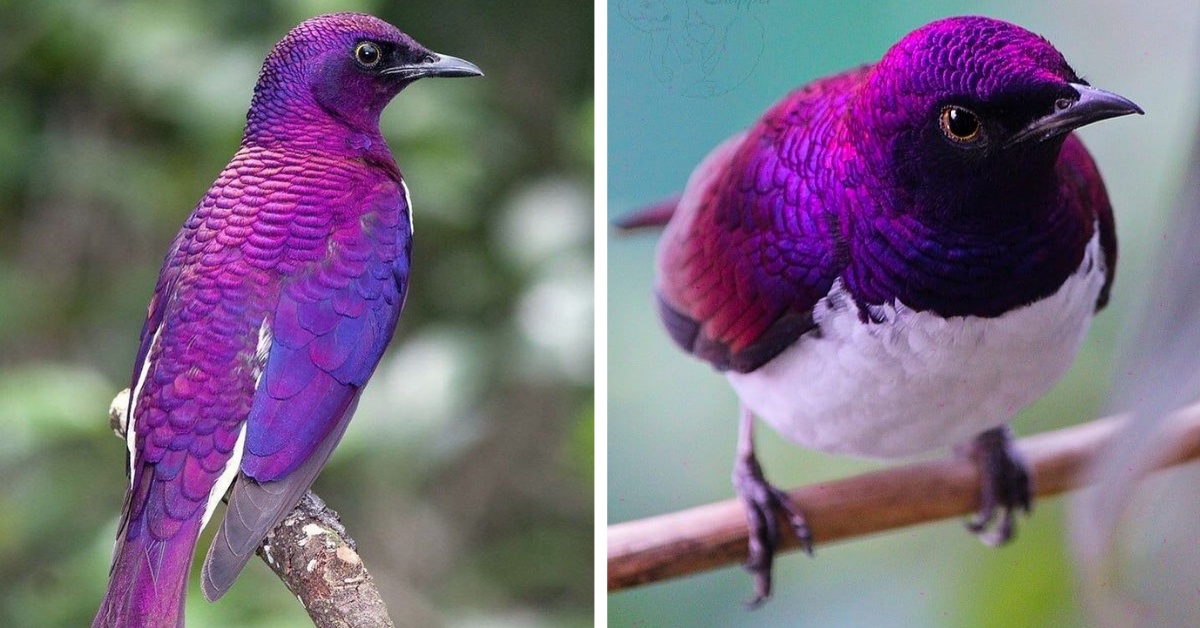
Spring is almost like the world celebrating life with plants blooming and birds in abundance bursting into song. Amethyst Starling
Speaking of birdsong, one we hear a lot in the springtime is the starling, which enlivens many urban gardens in America. One, in particular, that stands out from the other starling species is the Amethyst Starling, once you see it you will immediately know why they have earned this name.

Amethyst Starling (Cinnyricinlus leucogaster), from northern South Africa to Hellas, on the west coast of the continent to Senegal, on the east coast to northern Tanzania. Lovers of woodland, savanna forest edges, and river habitats, amethyst starlings are considered good birds, but they are invasive, pushing out other species when they move in.
 via
via
Birds, understandably, feature prominently in human culture. No more than plays and poetry. They feature in many of Shakespeare’s plays and sonnets, along with wrens, owls, nightingales, and larks, as well as 60 other species, the playwright’s talents have earned him an early place in the hearts of the people.
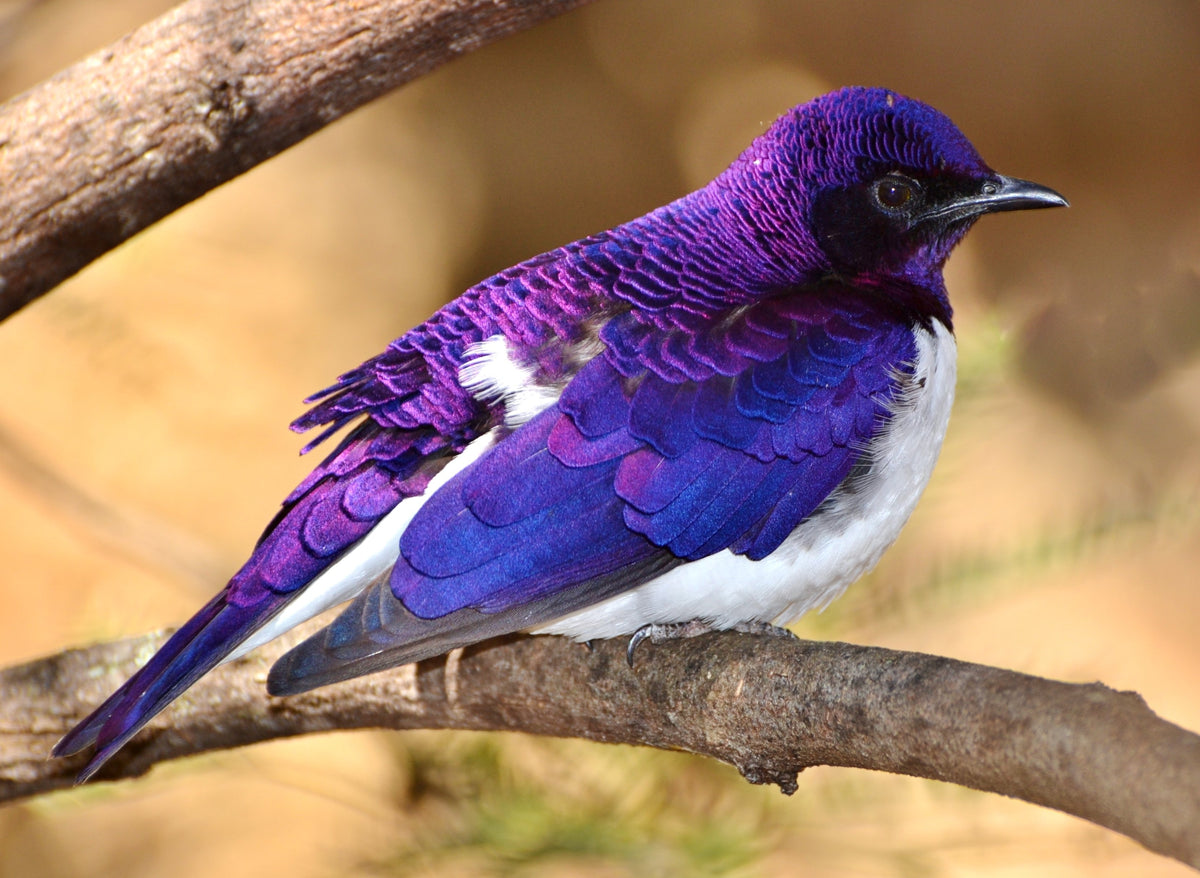
Even so, Eugene Schefflen, a German immigrant, introduced several barred birds to North America. One of the English bard birds, however, has become somewhat of a nuisance in the United States.
During his tenure as chairman of the American Acclimatization Society, 60 European starlings were released in New York’s Central Park in the hopes that they would begin breeding.
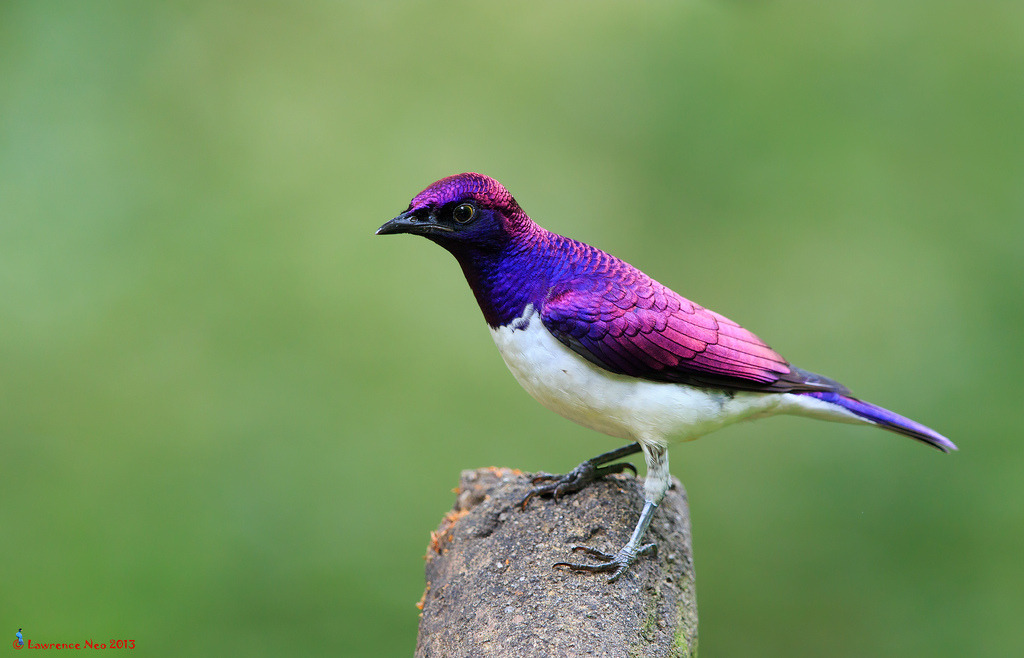 via
via
Unfortunately, they did, and now America is home to an estimated 200 million European starlings.
Like most starling species, they eat whatever they can. In their native habitat, this means everything from insects to tree frogs, fruits, and berries. Unfortunately, they also have the bad habits that have made starlings so unpopular in North America.
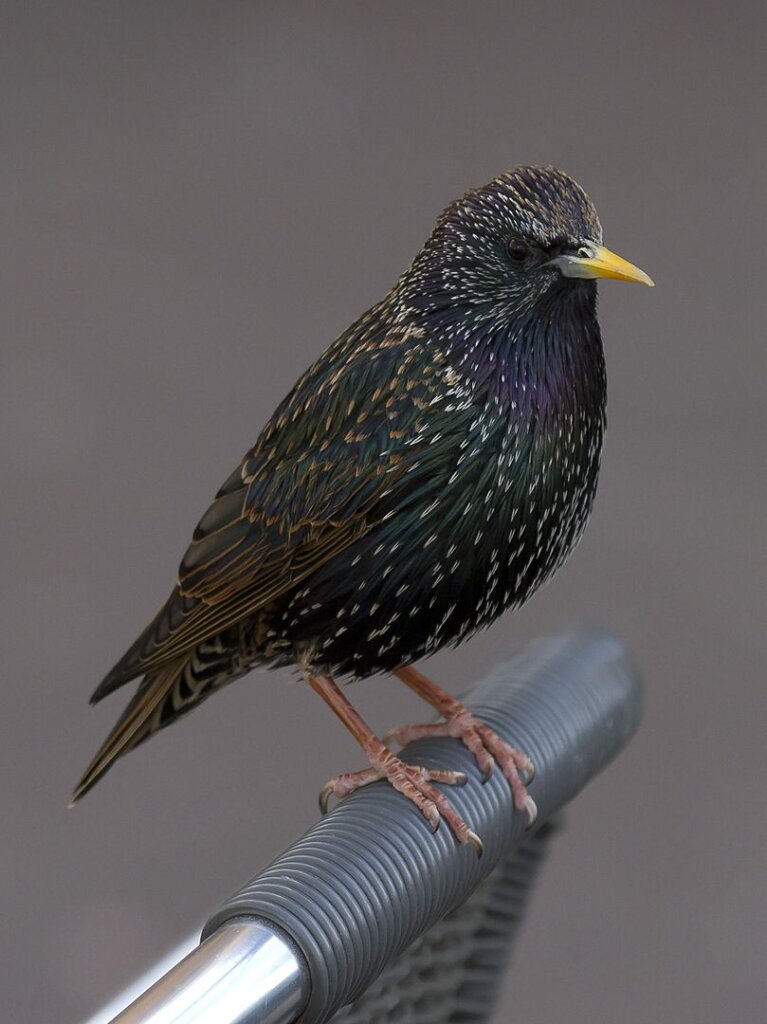
When food is limited, they are not shy about raiding the nests of other bird species, stealing both nesting material and hatchlings.
As beautiful as they are to look at, these birds can be real monsters at times like this.
For more details please go to: http://earthwonders.co
Read More: Decked out in a stunning combination of red, blue, green, and yellow, all finished with those stunning signature orange cheeks!
https://www.netgelvin.com/a-flying-gem-of-an-invader-that-brings/
